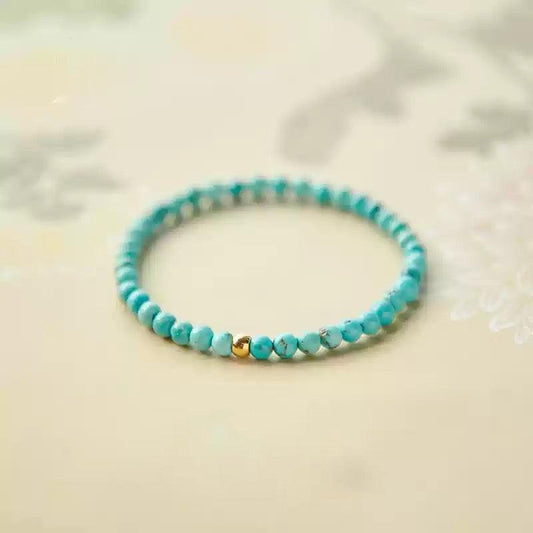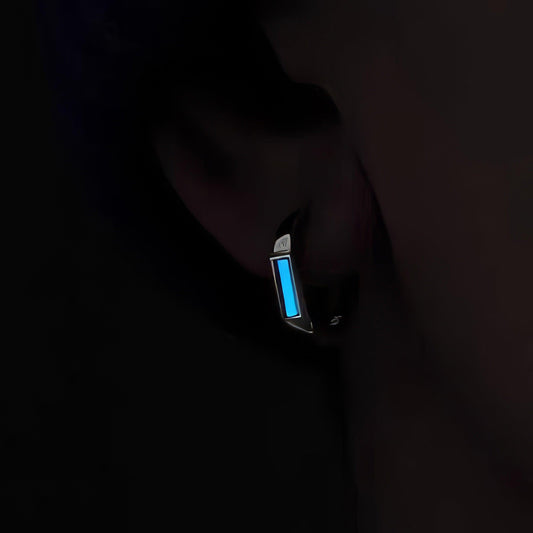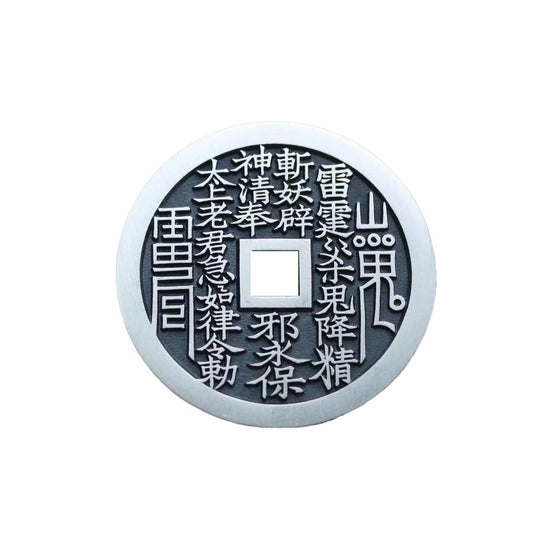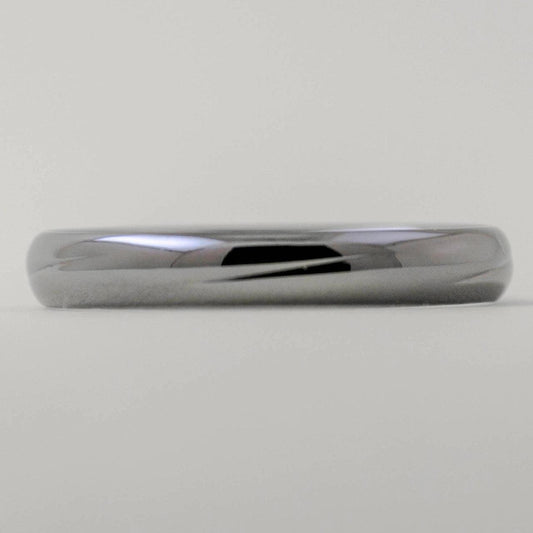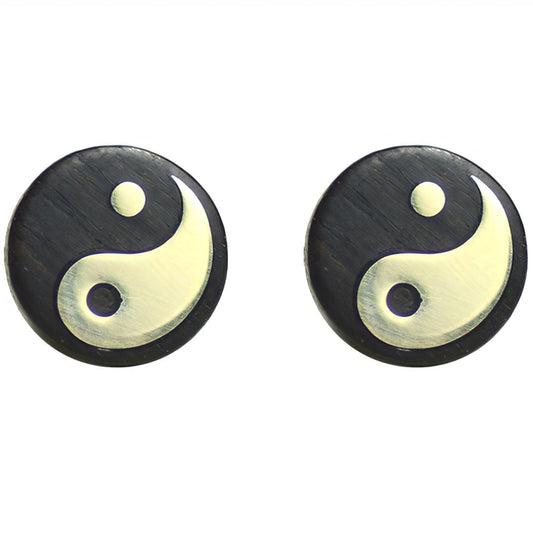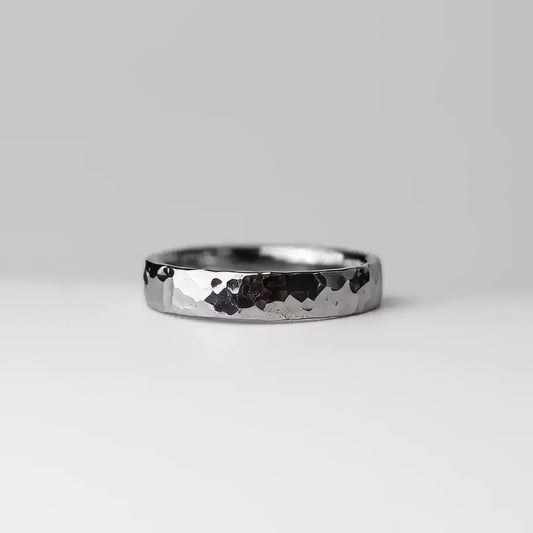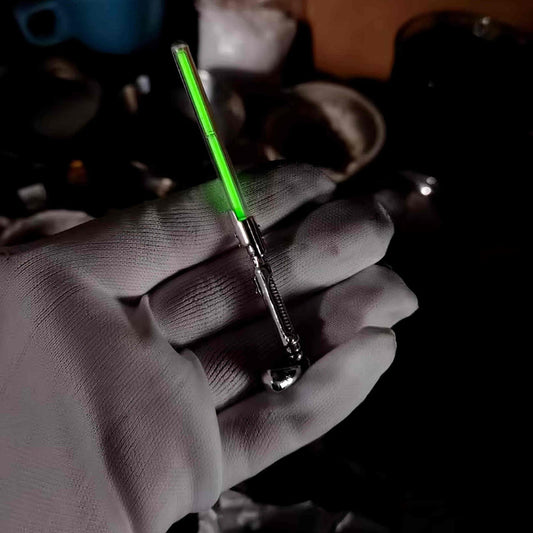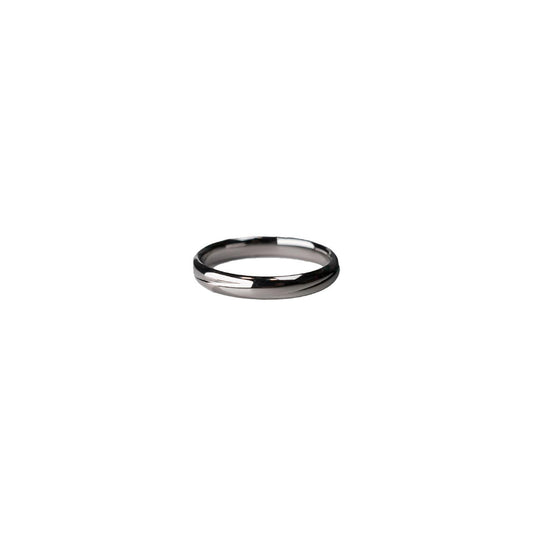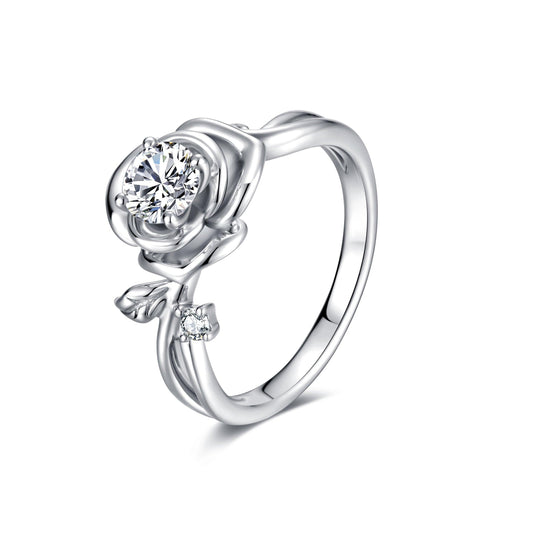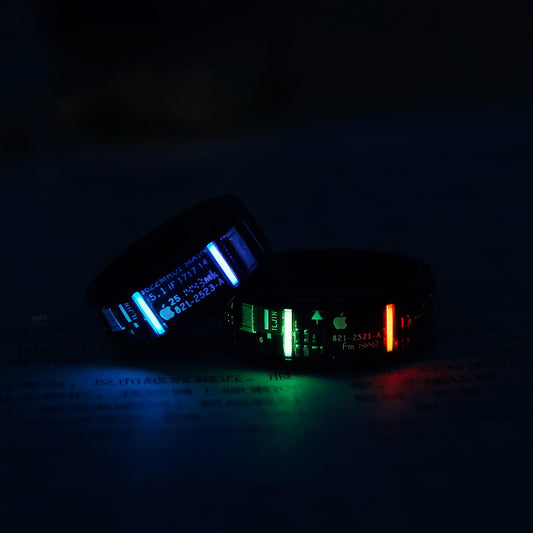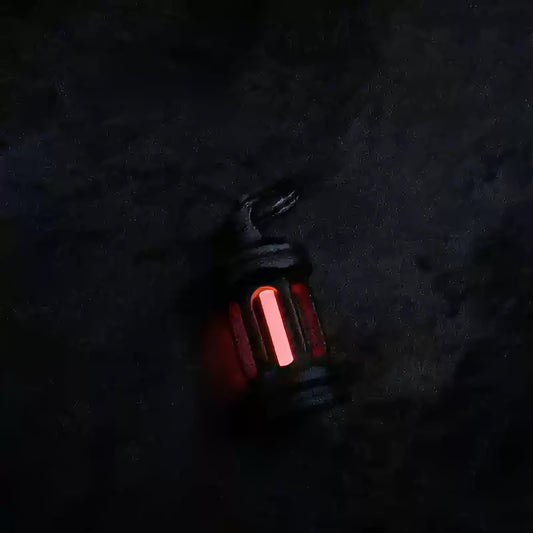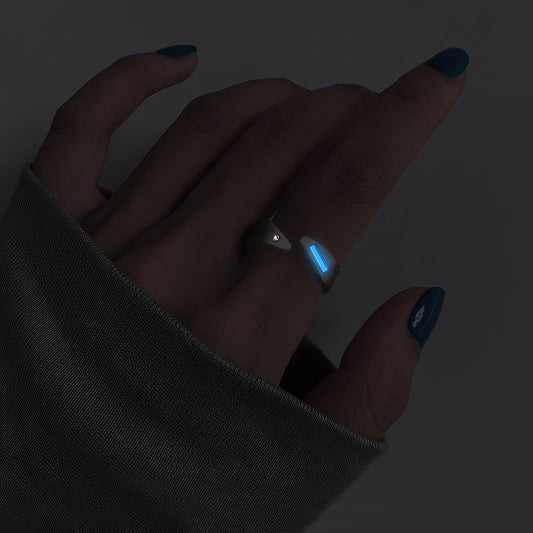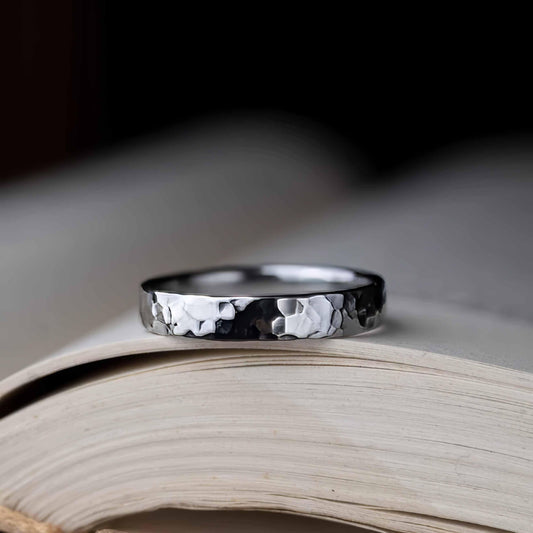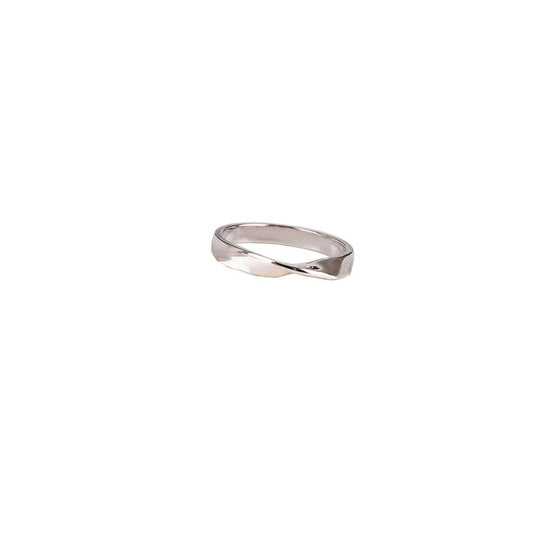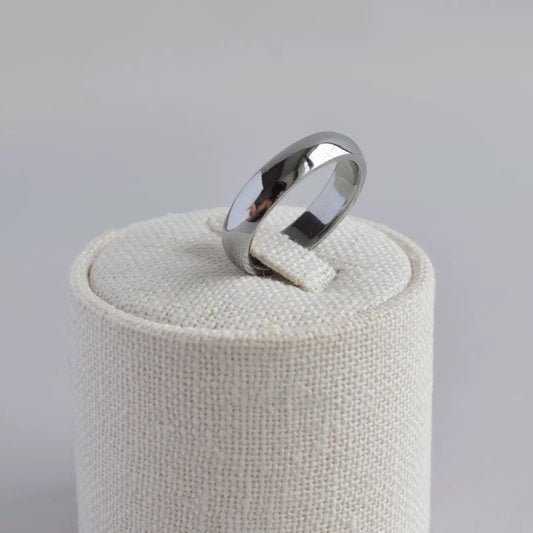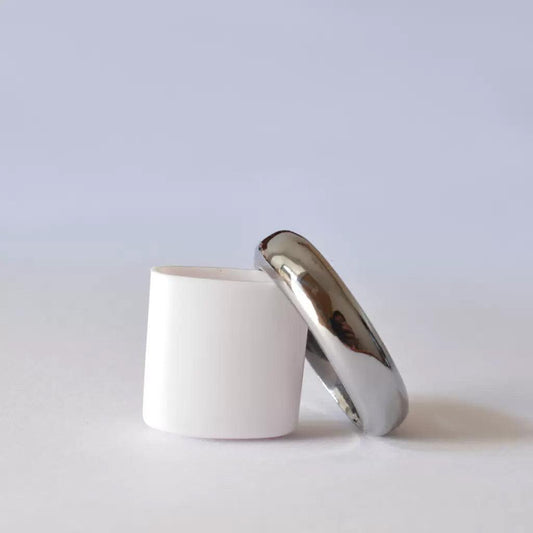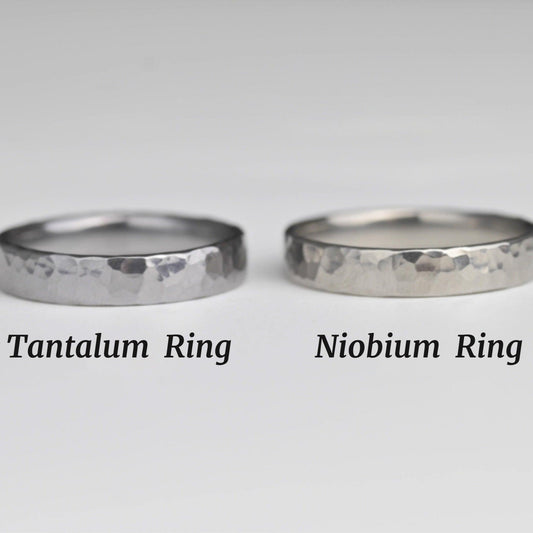Finding the Perfect Fit A Practical Guide to Determining Ring Size
Finding the Perfect Fit A Practical Guide to Determining Ring Size
It was a crisp autumn morning, and I found myself in a quaint jewelry shop, the kind with slightly creaky floors and walls adorned with vintage watches and glimmering brooches. As I picked up one delicate ring after another, I couldn't help but remember the small, panicked voice of my sister when she called me the night before. "How do I even figure out the size of a ring? I'm planning to propose!" she had squealed. That moment in the store inspired me to delve deeper into the mysterious world of ring sizing.
Knowing your ring size, or someone else's, can feel a bit like solving a riddle wrapped in an enigma. Here’s the first thing that most people don't realize: finger sizes can fluctuate. Weather makes a difference. On scorching summer days, your fingers might swell ever so slightly, while in the crisp chill of winter, they might slender down a tad. This means there's a small window of opportunity when your fingers are at their neutral, size-consistent state—ideally, mid-afternoon when your body temperature is settled.
The traditional method of sizing involves slipping on a series of rings in-store until you find one that fits snugly. This tactile approach has its charms, much like flipping through vinyl records at a music store. But you're not always in a jewelry shop when the sizing question arises. Enter the DIY ring sizer—a curious little tool, akin to a mini belt for your finger. These are available online, and although it may lack the romance of an in-person fitting, it does get the job done.
But here’s where I really let my inner craftsman out—using a piece of string or a thin strip of paper. Yes, it sounds a bit primitive, but bear with me. Wrap it around the base of the intended finger, mark the overlap with a pen, and measure it against a ruler. This can be compared to standard ring size charts found online. I remember trying this method for my sister's secret mission, my tongue between my teeth in concentration as if I were defusing a bomb. The results? Surprisingly precise.
Occasionally, a bit of stealth is necessary, especially in the clandestine world of surprise engagements. Borrowing a ring they already wear on the same finger and slyly having it measured at a jeweler is a classic move. My brother-in-law swears by this technique, having successfully pilfered one of my sister’s rings and covertly acquired the perfect size before his own proposal.
Let’s not ignore the material in the equation either. After all, different materials fit differently. For example, titanium rings, known for their durability, are less forgiving if you’re off by a bit. On the other hand, gold and silver have a little more give. I recall one fiasco involving a wide band style I bought on impulse; it felt like I was trying to squeeze into jeans two sizes too small. Lesson learned: account for the band width. Wider bands often require you to go up half a size for comfort's sake.
As I wandered out of the jewelry store that day, clutching my newly sized ring, I felt a sense of satisfaction akin to solving a complex puzzle. Ring sizing might seem daunting, but with a bit of patience, the right tools, and maybe some covert operations, you can measure up to the challenge. Isn't it funny how something so small can carry such weight? A perfect fit isn’t just about size; it’s about making the wearer feel just right.
